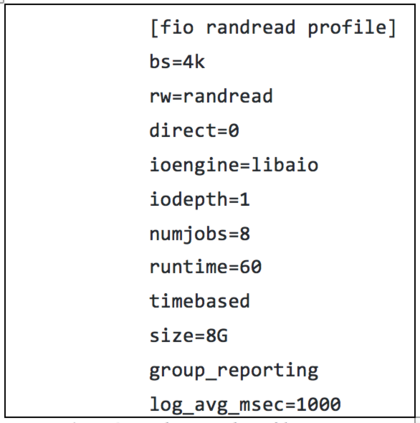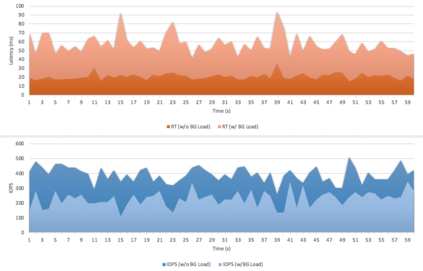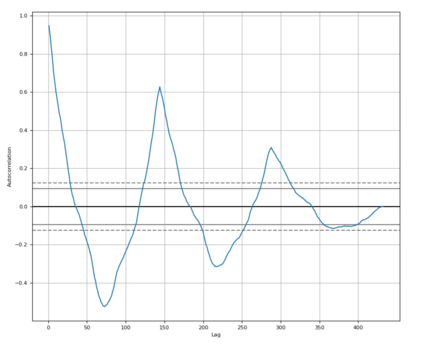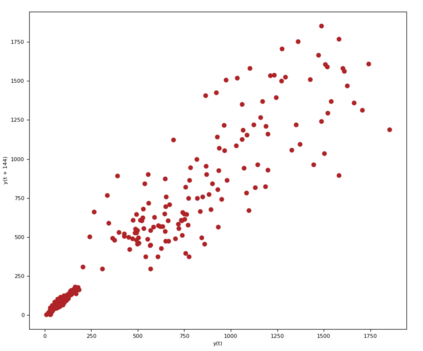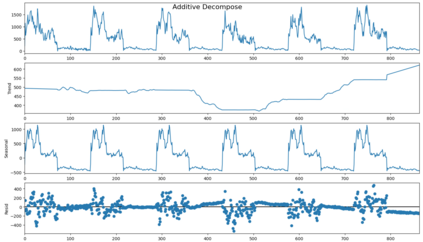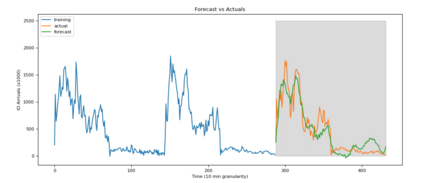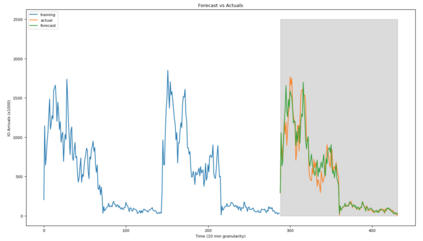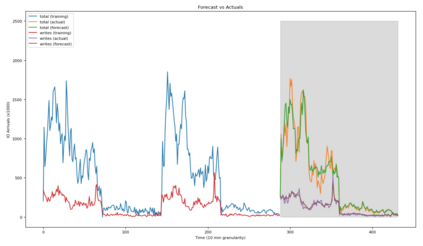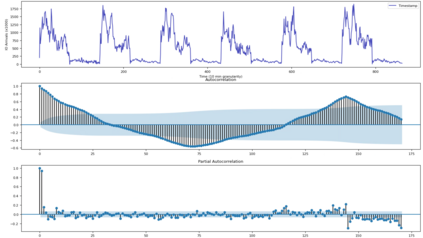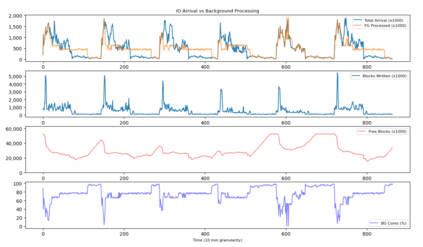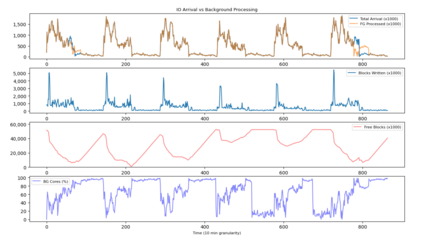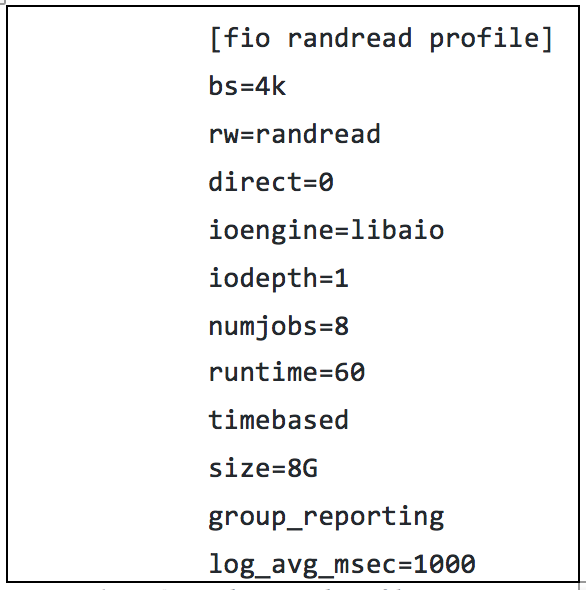In today's enterprise storage systems, supported data services such as snapshot delete or drive rebuild can cause tremendous performance interference if executed inline along with heavy foreground IO, often leading to missing SLOs (Service Level Objectives). Typical storage system applications such as web or VDI (Virtual Desktop Infrastructure) follow a repetitive high/low workload pattern that can be learned and forecasted. We propose a priority-based background scheduler that learns this repetitive pattern and allows storage systems to maintain peak performance and in turn meet service level objectives (SLOs) while supporting a number of data services. When foreground IO demand intensifies, system resources are dedicated to service foreground IO requests and any background processing that can be deferred are recorded to be processed in future idle cycles as long as forecast shows that storage pool has remaining capacity. The smart background scheduler adopts a resource partitioning model that allows both foreground and background IO to execute together as long as foreground IOs are not impacted where the scheduler harness any free cycle to clear background debt. Using traces from VDI application, we show how our technique surpasses a method that statically limit the deferred background debt and improve SLO violations from 54.6% when using a fixed background debt watermark to merely a 6.2% if dynamically set by our smart background scheduler.
翻译:在今天的企业储存系统中,如快照删除或驱动重建等辅助数据服务,如果与重前景IO一起执行,往往导致缺失 SLO(服务级目标),往往会导致缺失 SLO(服务级目标),就会造成巨大的性能干扰。网络或VDI(虚拟桌面基础设施)等典型的储存系统应用程序遵循反复的高/低工作量模式,可以学习和预测。我们提议了一个基于优先事项的背景调度器,以学习这种重复模式,使存储系统能够保持高峰性能,进而达到服务水平目标,同时支持一些数据服务。当前地 IO 需求增强时,系统资源专门用于为前地 IO 请求和任何可推迟的背景处理提供服务,只要预测显示储量库仍有剩余能力,就记录在今后的闲置周期中处理。我们智能背景调度器采用资源隔断模型,允许地表和背景 IO 一起执行,只要前方IO 使用任何自由周期来清除背景债务。使用VDI 应用程序的痕迹,我们如何用智能背景技术超过SLO6 固定的背景,如果使用固定的背景记录,则使用静态的SLO 限制,则使用固定背景违约法。

